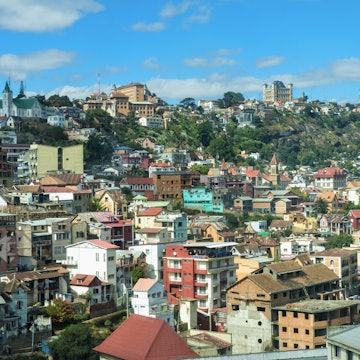

©Dennis van de Water/Shutterstock
Overview
Lemurs, baobabs, rainforest, desert, hiking and diving: Madagascar is a dream destination for outdoors enthusiasts – half the fun is getting to all these incredible attractions.
Plan your trip with Guide, an AI travel planner!
Create a personalized trip itinerary in seconds using artificial intelligence.
Must-see attractions
Planning Tools
Expert guidance to help you plan your trip
Best Places to Visit
In magical Madagascar, expect world-class beaches, otherworldly landscapes, extraordinary wildlife and more. Here are 10 places to take it all in.
Read full article
Best Time to Visit
Madagascar is an adventurous destination, and for many visitors, a trip here is the adventure of a lifetime. Here are the best times to plan your trip.
Read full article
Things to Know
One of the world’s most exciting destinations for wildlife, Madagascar is utterly unlike any country you’ve visited. Here are our tips for exploring.
Read full article
Get a book. Get inspired. Get exploring.
in partnership with getyourguide









